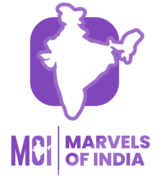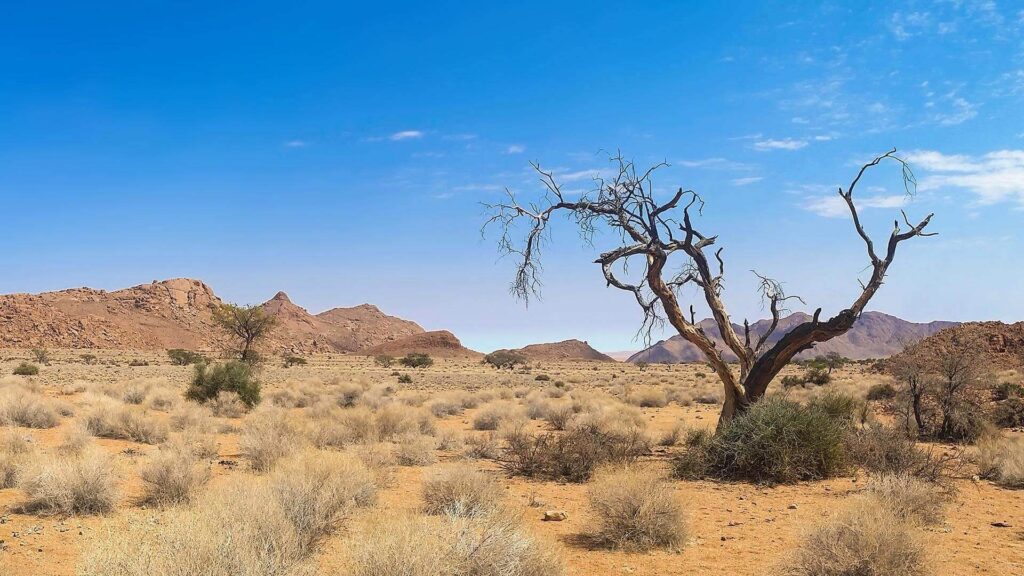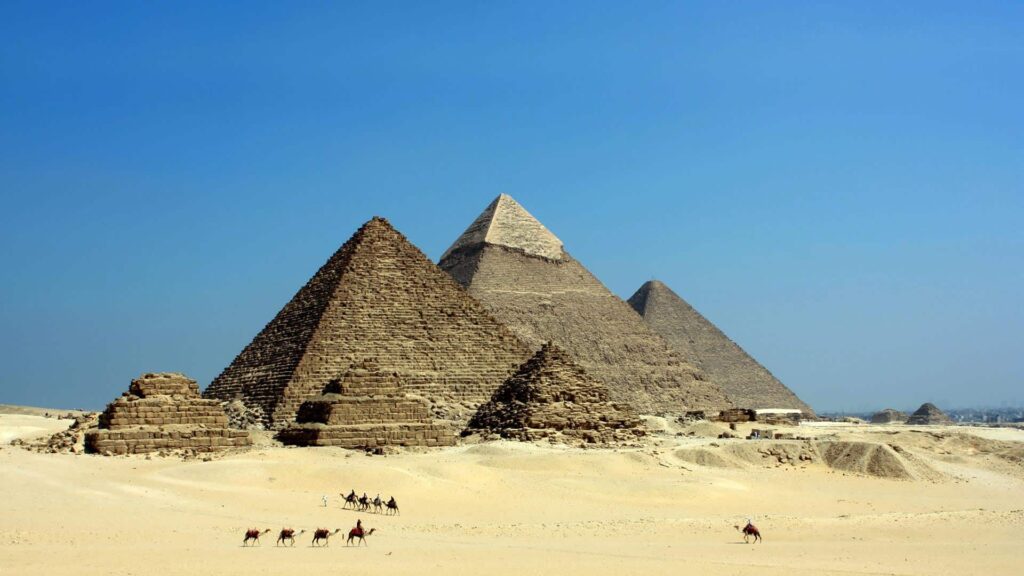Are you visiting India?
Want to know some interesting facts about the country?
This blog will tell 11 interesting facts about India that will intrigue you.
Which is the seventh largest country? India!!!!
With a surface size of 3,287,263 square kilometers, India ranks as the seventh largest country in the world. With over half of the working population employed in agriculture, the country is an agricultural powerhouse, with cropland accounting for over 42% of the total geographical area.
It is also the home to 1.43 billion people, making it the most populous country in the world overtaking China in 2023. The United Nations Population Fund’s (UNFPA) “State of World Population Report, 2023” places India’s population at 1,428.6 million, or 1.4286 billion, compared to China’s 1.4257 billion.
Vegetarian? So do you know about India?
India is ranked first in the world, with 38% of its people being vegetarian. In the country, people practice vegetarianism, particularly lacto-vegetarianism, which involves consuming dairy products but not eggs. The country has one of the lowest meat consumption rates in the world. However, meat consumption is quite common in coastal areas like West Bengal and Kerala. Vegetarianism dominates in Jain, Lingayat, Brahmin, and Vaishnav cultures.
Oldest Continuously Inhabited Cities in India–Varanasi
Varanasi—also known as Kashi or Banaras—is one of the world’s oldest continuously inhabited cities, having a history lasting over 3,000 years. Varanasi, located in the northern Indian state of Uttar Pradesh, is rich in spirituality, culture, and mythology. It is located on the banks of the sacred Ganga River.
For thousands of years, Varanasi, one of Hinduism’s holiest towns, has served as a pilgrimage and educational hub. Since ancient times, the city has been a center for education and intellectual debate, attracting researchers, poets, and philosophers from all over the subcontinent.
Hinduism is the Oldest Religion on the Planet
Many scholars believe that Hinduism is the world’s oldest religion. However, there is no known date of origin or founder for the religion. Hinduism is widely practiced in India, the Indian subcontinent, and Southeast Asia. With almost 1.2-1.35 billion devotees, it is the world’s third-largest religion. Hinduism is the fusion of several Indian traditions and civilizations. A range of ideologies influences this religion’s followers.
Lights, Camera, Action
The world’s largest producer of feature films is India. The Central Board of Film Certification certifies both Indian and foreign films. The common population refers to Indian cinema as “Bollywood.” The nation’s film industry employs a diversity of languages. This includes Telugu (Tollywood), Hindi (Bollywood), and Tamil (Kollywood). Kollywood is the most popular film producer, with over 260 films. Tollywood is second with over 250 films, followed by Bollywood, which has over 220.
Magnetic Hill, the Place where Gravity takes a Backseat.
The Magnetic Hill, located approximately 30 kilometers from Leh, is identified by a yellow sign board that reads “The Phenomenon That Defies Gravity”. It tells you to park your vehicle in the box indicated with a white point on the road, also known as the Magnetic Road. When parked in the designated place, automobiles begin to move forward at about 20 km/h.
Magnetic Hill is located on the Leh-Kargil-Srinagar National Highway in the Trans-Himalaya region. The Sindhu River flows to the east of Magnetic Hill, making the surroundings perfect for photographers.
India, the mother of many inventions
India has created great minds in the past, as well as countless other key milestones that have transformed not only the nation but the world as a whole. The country is recognized for its numerous contributions to the world. Several important inventions, including mathematics, zero, shampoo, chess, the value of pi, and diamond mining, are credited to India.
Snakes and ladders, down we go
The board game, commonly known as Snakes and Ladders, had its origin in ancient India and people knew it as Mokshapat or Moksha Patamu.
No one knows when or who originally devised the game, but it is believed to have originated in the second century BC. According to some historians, Saint Gyandev originated the game around the thirteenth century AD.
Mystery glacial lake with skeletons
Roopkund is a glacier lake in Uttarakhand, India, at an elevation of around 5,029 meters. When the ice melts, people can find hundreds of human skeletons floating or beneath the surface of the lake. A game reserve ranger discovered the lake in 1942, yet these bones are considered to date back to the late nineteenth century.
A Meteor to Lonar Lake
Lake Lonar, in Maharashtra’s Buldhana district, is a unique and fascinating natural wonder. It is the world’s only known saline crater lake, created by the impact of a meteorite approximately 50,000 years ago. Its water is actually seven times saltier than seawater! The lake is 1.2 kilometers in circumference and 150 meters deep, and a rim of hills that slope up to 75 degrees encircles it.
Loves rain? Come to Mawsynram
Mawsynram, a village in the Khasi Hills of Meghalaya, has the highest recorded average rainfall in the world. This town in Meghalaya has a Guinness record for the greatest average annual rainfall, receiving approximately 11,873 mm because of its proximity to the Bay of Bengal. The people in this region spend the winter months preparing for the upcoming six-month monsoon season.
Conclusion
“India is the cradle of the human race, the birthplace of human speech, the mother of history, the grandmother of legend, and the great-grandmother of tradition.” American writer Mark Twain said this quote about India.
India, located in South Asia, has a population of over 1.4 billion, making it the world’s biggest populous democracy. Its unique geography, numerous cultures, religions, and rich history make the country notable. There are a lot of wonders to explore in this colorful and diverse country, giving a remarkable and breathtaking experience.


